Vital matters
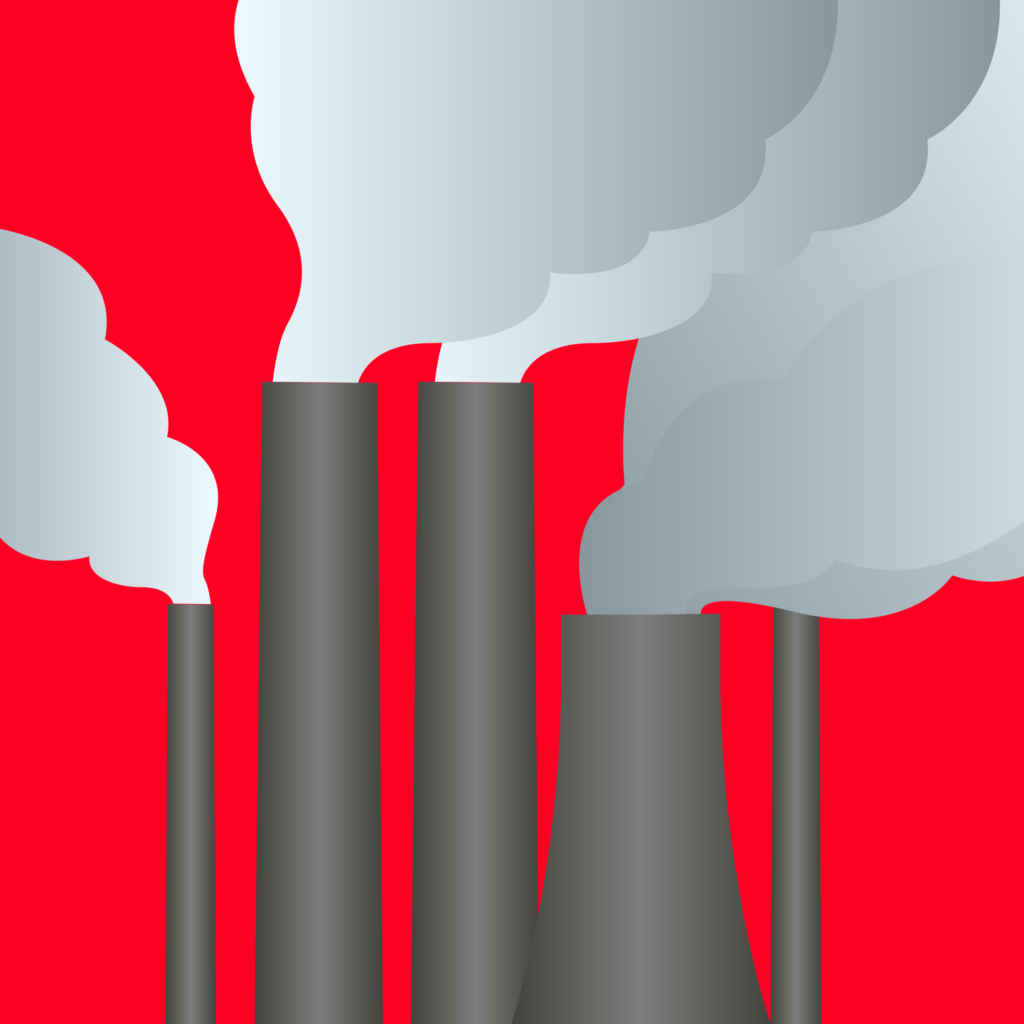
Human-induced climate change
Long-term shifts in Earth’s average temperature and weather patterns caused by humans and their activities.
Although there have historically been periods of natural climate change, the current changes are more rapid than ever and are a direct result of human activities, particularly the burning of fossil fuels. Emissions from these activities have significantly increased the levels of CO2 and methane emissions in Earth’s atmosphere causing the average temperature to rise.
CO2 is the main cause of human-induced climate change. Since the Industrial Revolution, human activity has resulted in a 50% increase in atmospheric CO2, throwing Earth’s climate out of balance.
There are many actions we can take as individuals to combat climate change, reduce our carbon footprint, and help restore nature.

Biodiversity
Biodiversity is what makes our planet unique. It is the sheer quantity and quality of “life” on this planet. The millions of species that inhabit planet Earth makes it unique in the known universe. So to reduce biodiversity is to diminish what is most vital and defining of planet Earth. The ultimate end of biodiversity loss is extinction.
The extent to which life on Earth is interlinked in a seamless web is not yet fully understood. But what we do know is that no living thing is an island. We are all joined together in the network of life. So to destroy or make extinct any part of that network is to endanger the whole.
Biodiversity is fundamental to ecosystem function as the collective life activities of plants, animals, and microbes create the conditions conducive to life on Earth.
Loss of biodiversity is the direct result of overbearing human activity including the burning of fossil fuels, deforestation, chemical agriculture, and the overconsumption of natural resources. By overexploiting land, water, flora, and fauna we are actively destroying habitats, spreading disease, contaminating water streams, reducing oxygen supply, and therefore, decreasing biodiversity.

Carbon offsetting
Carbon offsetting is a process by which the amount of GHG emissions created by an activity can be ‘offset’ by another activity that absorbs an equal amount of GHGs. Carbon offsetting initiatives can be either voluntary or compulsory and are carried out by companies, organisations, and individuals.
A range of offsetting practices exist. On the one hand, there are nature-based solutions such as creating wetlands or marine ecosystems that can absorb carbon back into the biosphere, or agricultural solutions such as feeding cows seaweed in order to reduce methane emissions. On the other hand, technological solutions exist such as directly capturing carbon from the air by filtering carbon that is produced at power plants, or removing carbon from the atmosphere and storing it underground.
The core criticism of carbon offsetting is that it enables the continuation of GHG-producing activities that would be better ended. Another problem is that it reduces the complex issue of ecosystem degradation down to one element. This can lead to potentially destructive simple solutions, such as planting monocrop trees without taking into consideration the wider impacts on biodiversity and wildlife.
In addition, the calculations used in offsetting are often dubious. They allow years of sequestration to absorb a present emission, thus increasing GHGs in the near and vital future when we should be reducing them.
Offsetting should be a last resort action once all other attempts to reduce carbon emissions have been attempted.
https://www.globalcitizen.org/en/content/carbon-offsetting-what-you-need-to-know/

Carbon sequestration
Carbon sequestration is the process whereby CO2 is absorbed back into the Earth and removed from the atmosphere.
This is a natural process that occurs as part of the Earth’s carbon cycle, but which has been disrupted due to accelerated fossil fuel consumption and destruction of natural carbon sinks (natural ecosystems that store large amounts of carbon), such as oceans, soils, forests and land, and sea flora.
Around 45% of CO2 generated on Earth stays in the atmosphere, while the rest is sequestered by the Earth. From this remaining 65% of carbon, the oceans absorb 30% while the Earth’s farms, grasslands, and forests capture 25%.
Carbon sequestration can be increased by reducing destructive land and sea practices such as deforestation, crop tillage, land clearing, chemical agriculture, coastal development, mangrove forest exploitation, and pollution.
Sequestration can also be accelerated through proactive biological, geological, and technological means. If we focus on biological or nature-based processes, this would include supporting initiatives such as diverse tree planting, rewilding, and regenerative agriculture that keep soils carbon-rich (see Regenerative Agriculture solution below).
Blue carbon refers to ecosystems in the ocean that hold a large amount of carbon, which include mangroves, tidal and salt marshes, and seagrasses. Blue carbon ecosystems can also be protected and regenerated for higher carbon sequestration.
Blue carbon reference: https://ioc.unesco.org/our-work/blue-carbon
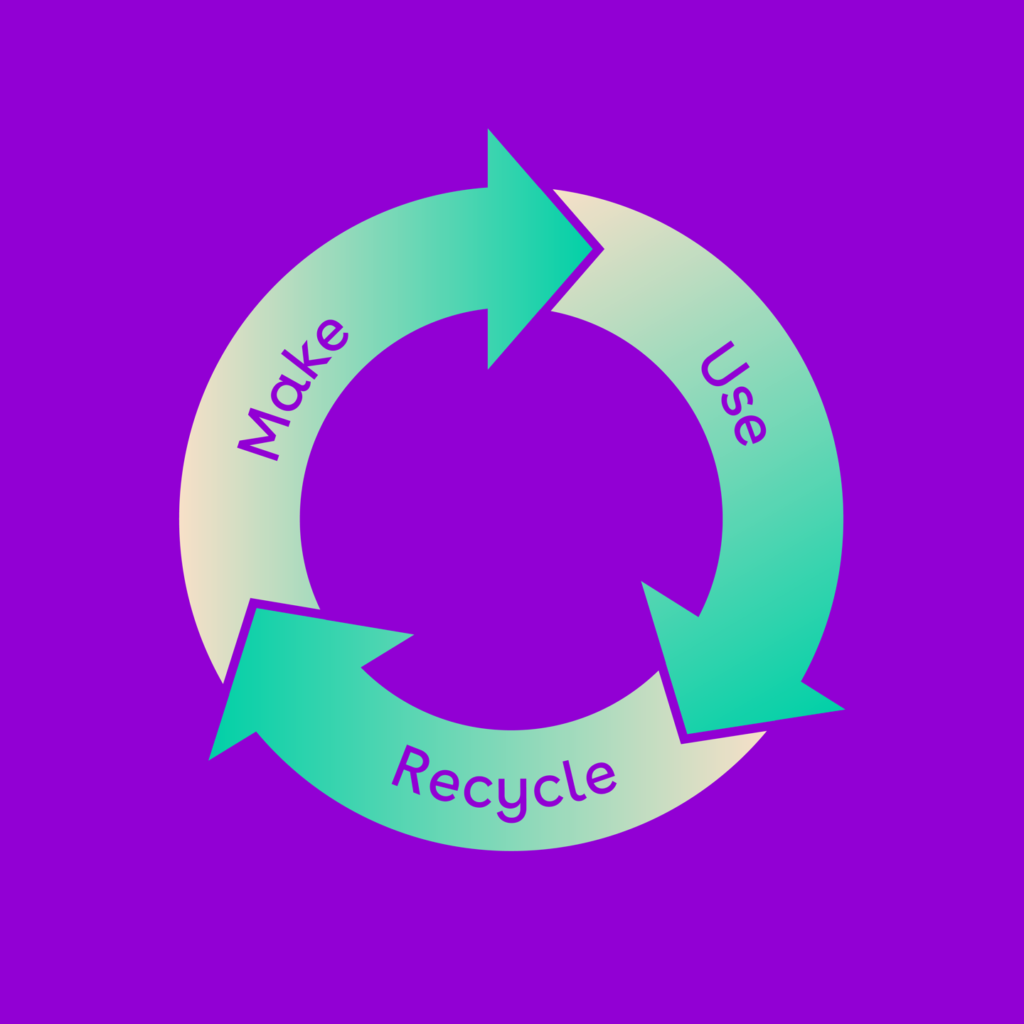
Circular economy

Deforestation
Deforestation is the widespread clearing or thinning of forested areas for human activities.
Agriculture is the main cause, accounting for approximately 80% of global deforestation, due to excessive areas needed for grazing land and crop expansion.
Infrastructure, mining, and urban development are other human activities causing deforestation.
Such changes in the forest structure directly threaten biodiversity, ecosystem function, livelihoods, and the climate, whilst inducing soil erosion, desertification, and species extinction.
We can help prevent deforestation by recycling paper, avoiding palm oil, and reducing meat and soy consumption.

Fast fashion
Fast fashion is an industry built on overproduction, overconsumption, and environmental decay. It promotes the use of petroleum-based textiles including nylon and polyester, bulk manufacturing, underpaid labour, and excessive waste.
Fast fashion is exactly what it says it is. Throwaway fashion that is worn briefly and then thrown away to be replaced by another short-lived fad.
It is made cheaply, quickly, and often using exploitative labour practices.
It is resource-intensive and heavily reliant on the GHG-emitting petrochemical industry.
It creates a huge amount of waste (see ‘Buy Second-Hand Clothing), uses huge amounts of water, and causes significant amounts of air and water pollution.
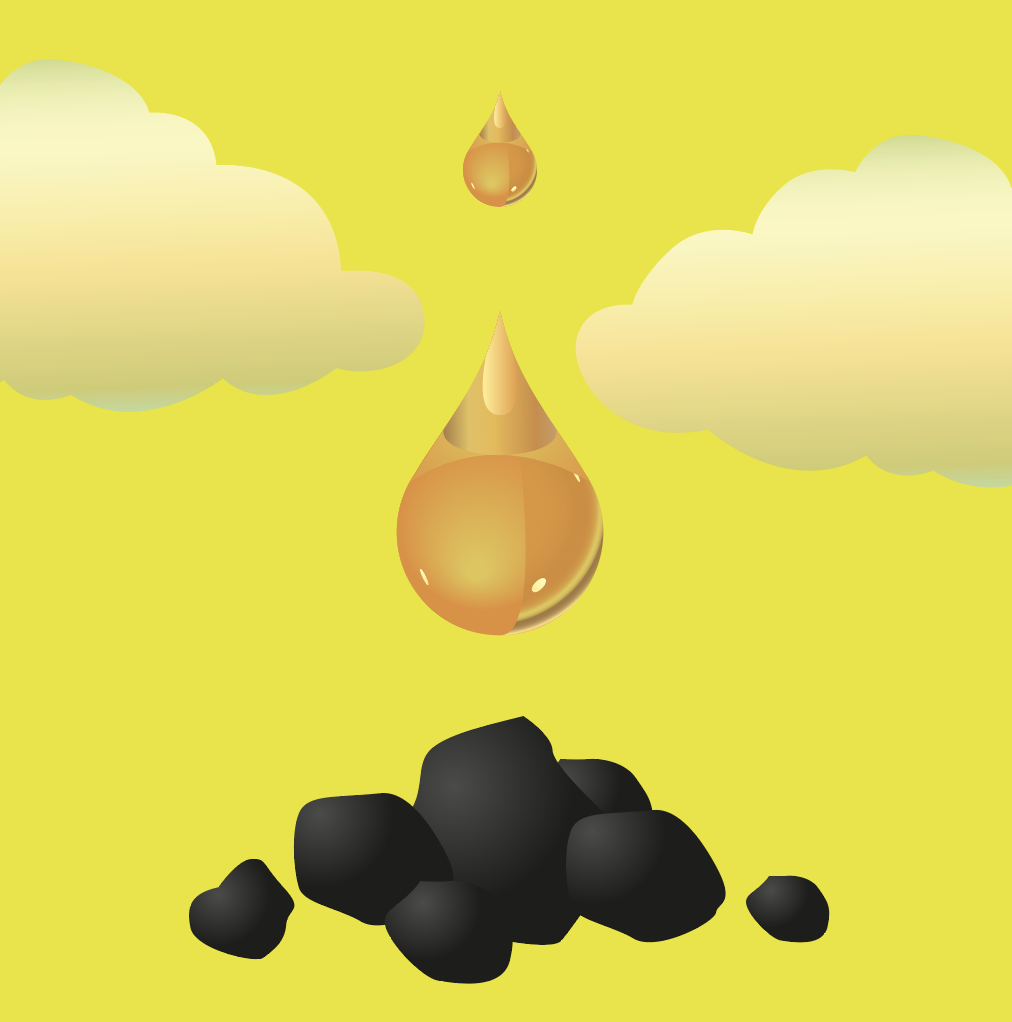
Fossil fuels
Fossil fuels is an umbrella term that refers to all non-renewable energy resources including coal, natural gas, and crude oil.
These resources are found underground and are made up of millions of years worth of dead plants, animals, or carbon. This means that there is a finite amount of fossil fuels, making them non-renewable. Due to their energy-rich nature, the extraction and burning of fossil fuels have facilitated the industrialisation of the planet.
The combustion of these fuels releases more CO2 into the atmosphere than can be absorbed back to Earth. The excess CO2 gets trapped in the atmosphere and causes the ‘greenhouse effect’ leading to global warming.
This means that the burning of fossil fuels is the key cause of human-induced climate change.

Green energy
Green energy derives from renewable sources that are naturally replenishable and have a zero GHG emissions output, rather than fossil fuels that are non-renewable and produce a high GHG emissions output.
Although it doesn’t produce CO2 emissions, nuclear power is not considered to be green energy as it produces toxic nuclear waste.
Renewable sources include:
– Wind Power (on and off-shore)
– Solar Power
– Wave and Tidal
– Biomass
– Hydroelectric
– Geothermal
– Ground and Air Source
Fortunately, the production of renewable energy is slowly taking over the fossil fuel industry and also becoming more and more affordable. For the first time ever in 2015, green energy surpassed coal production levels. As citizens, we need to continue putting pressure on the government to support green energy, as well as switching to cleaner energy providers and banishing fossil fuels from our homes.
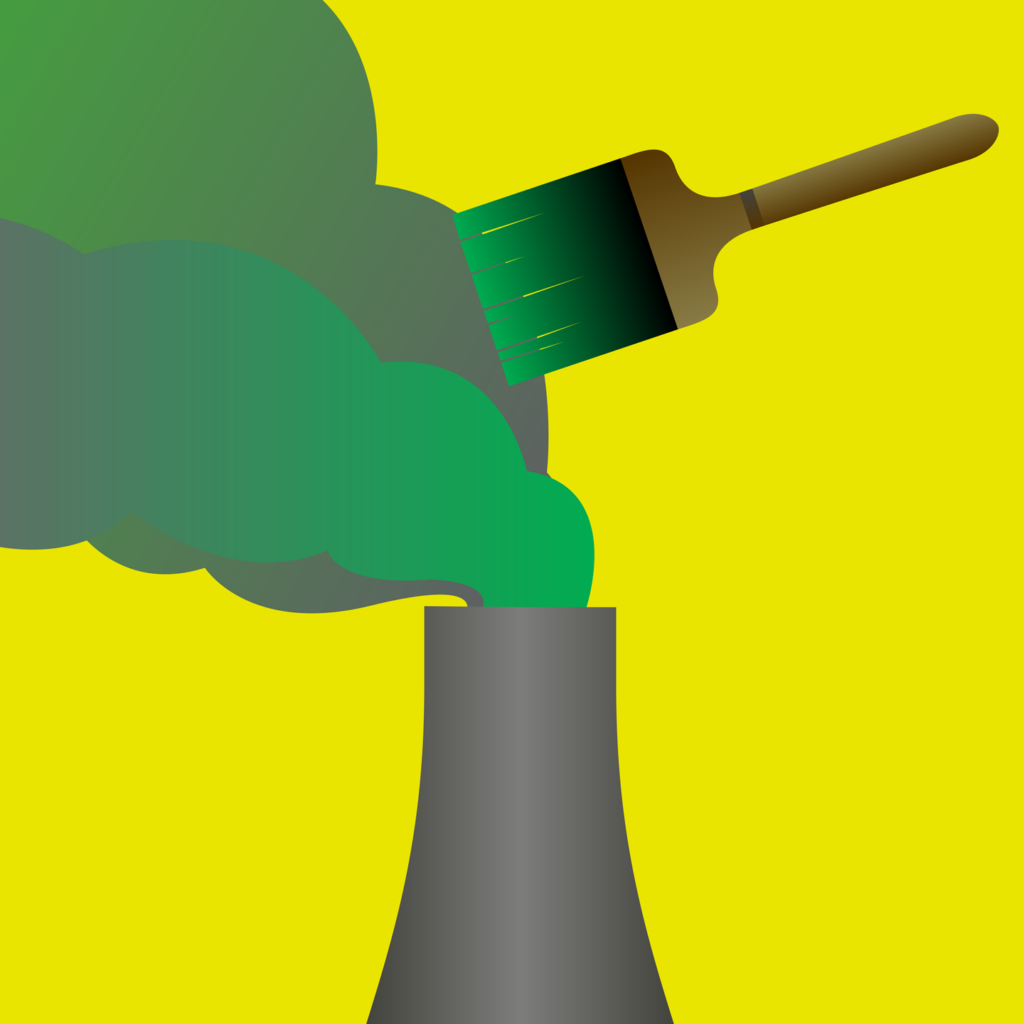
Greenwashing
A company’s communication and marketing strategy which conveys a false impression about its environmental values. It occurs when an organisation invests – often through sponsorship – in some green headline activity while continuing to generate substantial and avoidable GHGs in their core activities.
It is a misleading smokescreen.
Ways to avoid greenwashing traps are to push for companies to be transparent about their supply chains. We can do this by directly asking them to publish their impact report, researching their environmental values, and carefully reading the percentage values of their social and environmental impacts.

Industrial farming
Industrial farming is a large-scale and intensive approach to farming land and animals alike.
Practices often include the use of mechanical crop tillage, intensive chemical input through fertilisers and pesticides, and the harmful use of antibiotics on animals. While industrial agricultural systems have been able to provide a high output of food for global markets, it has simultaneously taken an extreme toll on the environment and therefore on future food production. These resource-intensive farming practices have led to intense soil degradation, deforestation, water scarcity and pollution, and biodiversity loss, and are responsible for around a third of the world’s GHG emissions since 1850.
Regenerative agriculture has emerged as a healthy alternative to industrial farming.

Localisation
A growing movement where business and industry activity happens in local areas rather than nationally or internationally. It is a direct response to globalisation and the rise of access to information, particularly around supply chain transparency. Supporting local and independently owned businesses allows people to feel in control of their social and environmental impact on the planet.
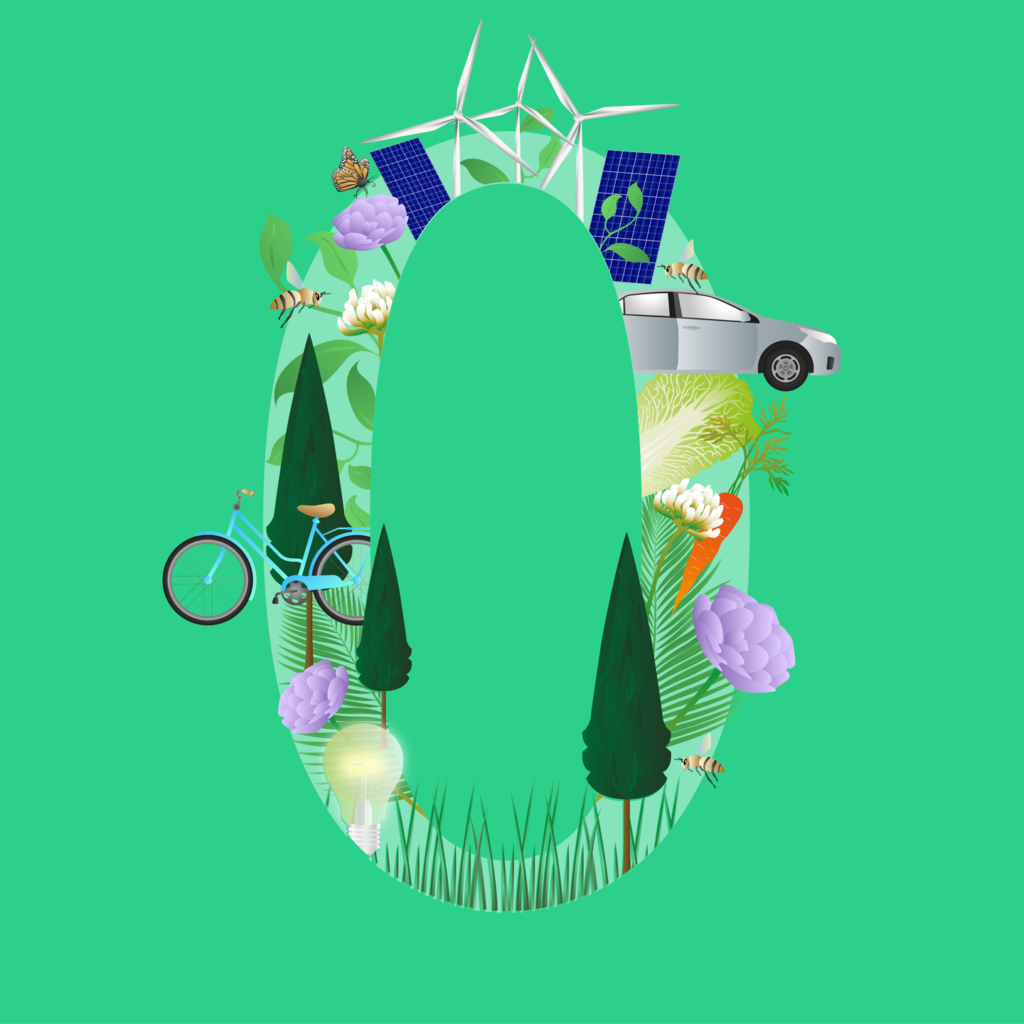
Net zero
Net Zero is a long-term sustainability strategy and commitment by 59 countries, intended to be achieved by 2050. It describes this future point in time when carbon neutrality has been achieved. It is the point at which the amount of GHGs released into the atmosphere is equal to the amount of GHGs removed from the atmosphere.
Carbon neutrality is vital because without it we cannot halt the inexorable march to climate catastrophe.
Ultimately, we need to go beyond neutrality to an absolute reduction in the amount of carbon in the Earth’s atmosphere. A point where we are sequestering more GHGs than were emitting.

Oceans
Not only do healthy oceans provide more than half of the oxygen we breathe, they regulate the climate and stabilise Earths temperature; distributing heat across the globe, and cooling it down. Ocean currents help to regularly move cold and warm water around the planet which is vital for marine ecosystem function and controlling the climate. Oceans act as a carbon sink for capturing CO2 from the atmosphere, absorbing over 90% of the heat, and approximately 30% of carbon emissions produced by human activities, such as deforestation and the burning of fossil fuels.
These increased levels of CO2 are warming the temperature of the ocean, causing ice to melt in the polar regions, sea levels to rise, floods, landslides, and deadly chemical releases to become more frequent on land. This increase in CO2 is directly linked to changes in the ocean’s chemistry, causing a reduction in its pH level. This means the ocean is becoming more acidic and disrupting the health of marine ecosystems.
Ocean acidification has a significant impact on marine organisms that rely on calcium carbonate to build their skeletons and shells such as corals, oysters, clams, and phytoplankton. The acid dissolves their shells, causing an inability for other organisms to locate suitable habitats, and threatening food security. This effectively places the entire food chain, including the commercial food industry, at risk.
Our oceans are arguably the driving force of planetary health and yet we continue to neglect them to an astonishing degree. Every day we pour thousands of tons of plastics and toxic chemicals into them. We plunder them for protein to the point that vast areas have become sterile deserts. The amount of research funding devoted to them is small in comparison to earth science and the willingness of governments to intervene lamentable.

The plastic issue
Plastic was introduced into the market in the 1950s as a cheap, versatile, and lightweight material that could be discarded after a single-use.
Unfortunately, it turned out that this extremely useful yet harmful material could not biodegrade and in fact, remains in the environment for hundreds of years.
Plastic is derived from fossil fuels and due to low energy prices, is cheap to produce. As a result, it does not make economic sense to recycle plastic as the process cannot compete with producing new plastics. Furthermore, each time plastic is recycled, it diminishes in quality until it becomes microplastic, and eventually nano-plastics, that end up in our ecosystems and are ingested by animals and humans alike.
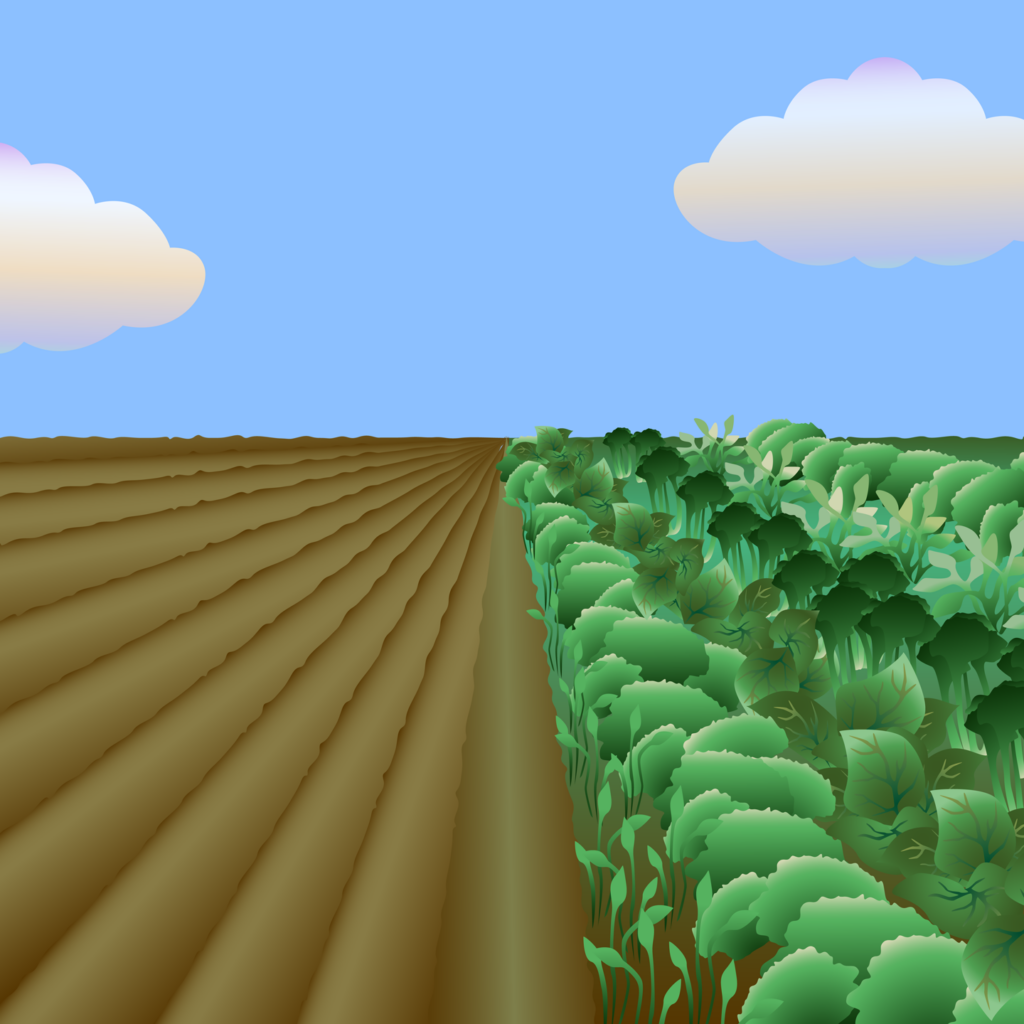
Regenerative agriculture
Regenerative agriculture is a farming practice that excludes synthetic fertilisers and pesticides and instead aims to enrich the soil, water cycle, and biodiversity. Read more about Carbon Sequestration here.
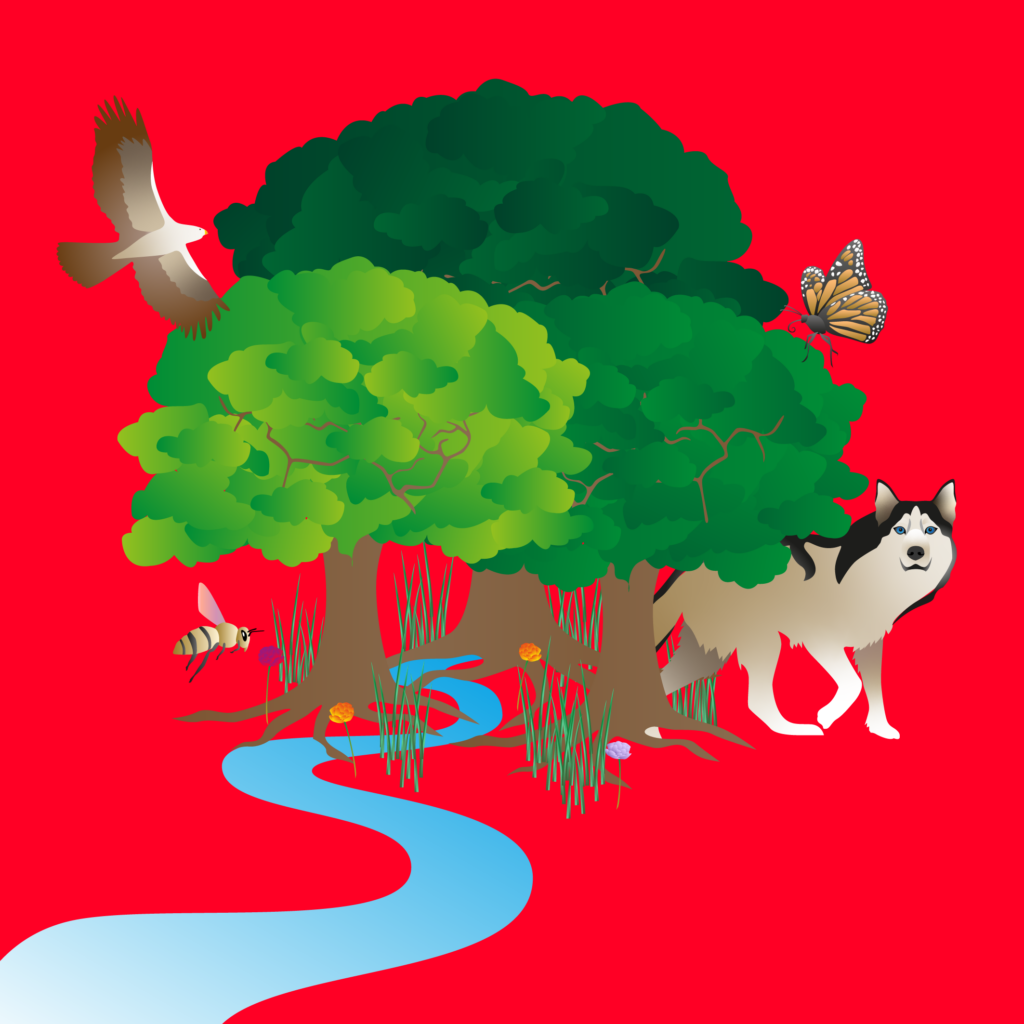
Rewilding
Rewilding is an ecological approach to conservation that enables natural processes to shape land and sea, repair damaged ecosystems, and regenerate degraded landscapes. It has emerged as an alternative method for returning wilderness to environments that have become threatened by human management. Rewilding projects are self-regulatory and self-sustaining, requiring little human attention. They permit nature to self-govern and allow ecosystems to return to their natural rhythms to restore wilder, more biodiverse habitats.
Examples of rewilding techniques include reducing high populations of grazing animals, reintroducing predators and species that have disappeared as a result of human actions, removing dykes and dams to free up rivers, connecting habitats by providing wildlife bridges, reconnecting rivers and floodplains to restore their natural course, and creating a wildlife-friendly garden.
Rewilding is gaining attention as a promising conservation strategy in the face of global species extinction and loss of ecosystem function. Although it presents enormous potential for climate change mitigation and exemplifies successes in restoring biodiversity to degraded ecosystems, it has been criticised for disempowering local communities, and propagating invasive species.
Rewilding has been incorporated into both local grassroots, and international conservation organizations to help protect and regenerate nature. Read more about rewilding projects taking place across the UK here:
https://treesforlife.org.uk/10-exciting-rewilding-projects-happening-in-the-uk/.
https://www.rewildingbritain.org.uk/rewilding-network/projects

Soil
Soil health is fundamental to everything that we grow and eat, to the health of the planet, and to biodiversity. It is arguably the most fundamental part of our ecosystems. Yet, in the last few decades, we have radically degraded well over half of the Earth’s soil cover.
Healthy soil is a carbon sink that stores huge amounts of carbon. The healthier the soils, the more carbon they can capture and store. UK soils alone store 9.8 billion tonnes of carbon, which is equivalent to around 27 years of UK carbon emissions. Globally, soils store 2,500 billion tonnes of carbon. This figure accounts for more carbon than the world’s plants, trees, and atmosphere combined (Soil Association).
Modern agricultural techniques such as crop tillage and chemical inputs, as well as deforestation and climate change degenerate, and therefore reduce, the amount of carbon that can be stored in the soil. By degrading our soil not only do we reduce its capacity to store carbon we also release the carbon currently embedded in it.
Soil restoration and improved carbon sequestration can be achieved through ecosystem restoration and regenerative agriculture, which treat soil health as a priority.
Healthy soil is also fertile and productive soil so while industrial farming may have increased yields in the short term, in the longer term it will reduce both the quantity and the quality of the crops that can be grown. Healthy soil is not only a vital carbon sink it is also essential to a healthy and bountiful food supply.

